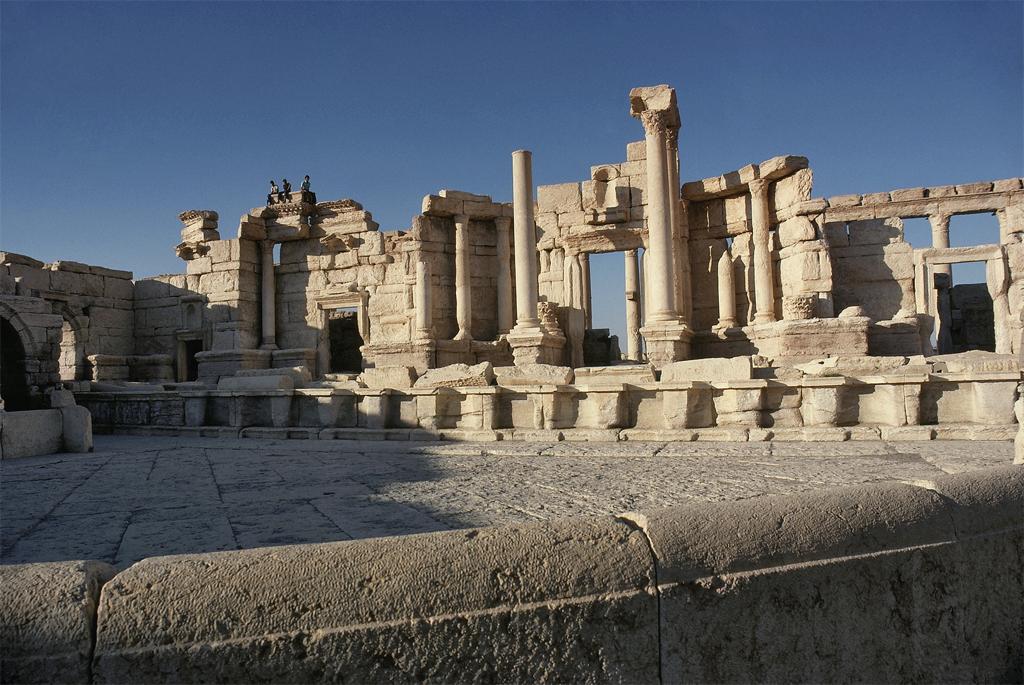
We’ve gathered six examples that illustrate how the images in Artstor can be used to enhance the teaching and learning of architecture and architectural history, along with two case studies, one by a then-doctoral candidate and another by a fine art faculty member.
Recent photographs released by the militant group Islamic State in Iraq and Syria, or ISIS, have confirmed the destruction of the ancient Temple of Baalshamin in Palmyra, Syria. Until now, the ancient city of Palmyra, a UNESCO World Heritage site, contained remarkably well-preserved structures built by the Romans nearly 2,000 years ago, making it one of the most important archaeological sites in the region.
The news of the Temple’s destruction was preceded by the horrifying news that Khaled Asaad, the 83-year-old chief of the city’s antiquities department, was publicly beheaded. While the seemingly endless loss of lives must be our primary concern, the destruction of the Temple of Baalshamin is shocking for its attempt to erase Syria and the region’s rich, multicultural history.
The New York Times quoted Irina Bokova, the director general of UNESCO, saying “The art and architecture of Palmyra, standing at the crossroads of several civilizations, is a symbol of the complexity and wealth of the Syrian identity and history. Extremists seek to destroy this diversity and richness, and I call on the international community to stand united against this persistent cultural cleansing.”

More ruins may be destroyed, but ISIS cannot erase history. Scholars from around the world have studied Palmyra for years and extensive documentation of the sites of Palmyra is available in the Artstor collection in JSTOR, courtesy of photographers and scholars like Samuel Magal of Sites and Photos, and Professors William L. MacDonald and Sheila Blair and Jonathan Bloom. Artifacts from Palmyra can also be found in the collections of the Metropolitan Museum of Art, SAHARA, and many others.
— Ian McDermott
You may also be interested in Professor James J. O’Donnell’s essay on Deir Mar Musa, Syria.


